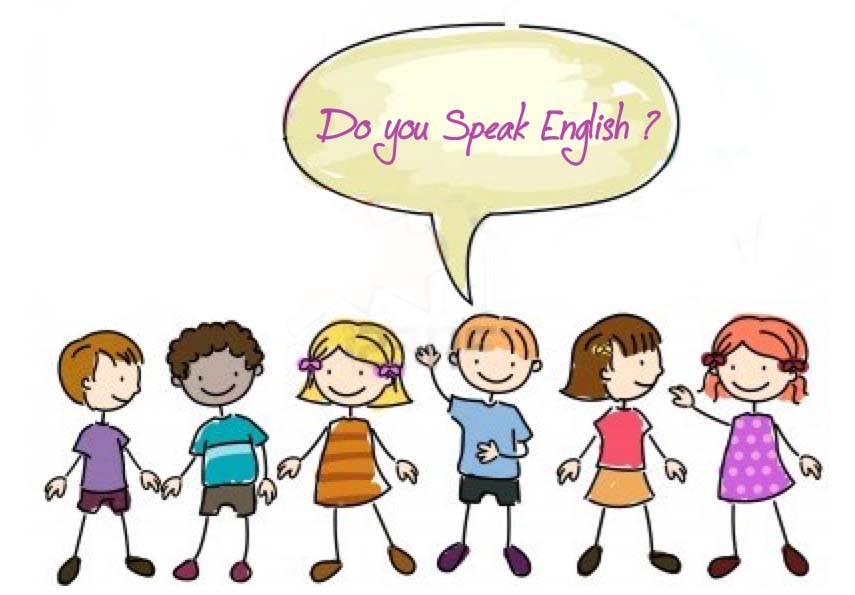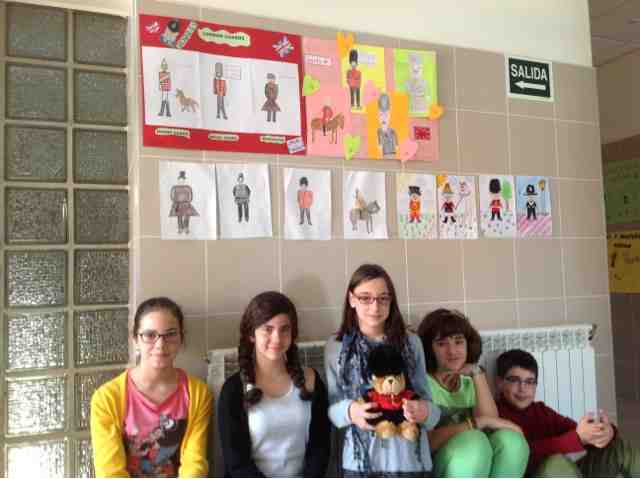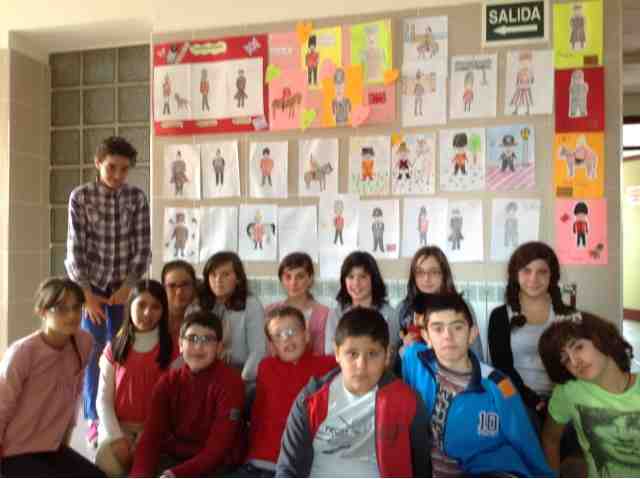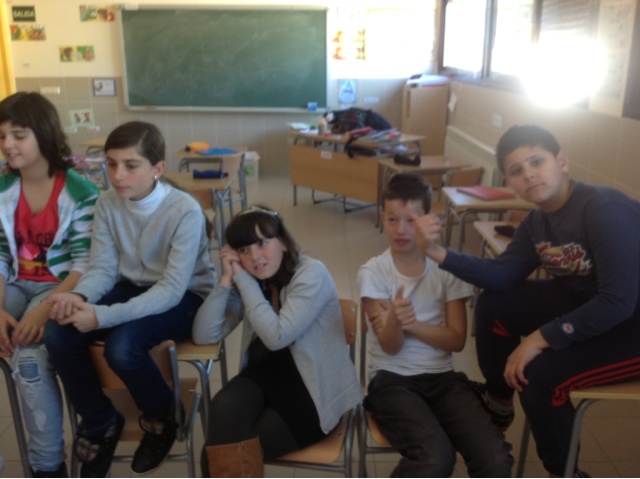INTERNAL PROCESSES
- They cause volcanic eruptions and earthquakes.
- A volcano is created when the magma reaches the surface of the Earth through a crack o fissure. The parts of a volcano are its crater, its main vent and its volcanic cone.
- Earthquakes are caused by the vibrations of the ground moving inside the Earth. This movement is transmitted from a point called the hypocentre.
- Geological agents change the Earth's relief. the most important geological agents are wind and water (rivers and streams, sea and ice).
- Geological agents produce erosion, transportation and sedimentation. they create V-shaped valleys and beaches.
- Rocks are made up of minerals. depending on their origins, rocks can be:
- Sedimentary rocks, like clay. They are formed by compacting deposited material.
- Magmatic rocks. they are formed from magma. They can be volcanic like pumice or plutonic like granite.
- Metaphormic rocks, like slate. they are not melted rocks, but they have been under high pressure and temperatures


PUMICE
GRANITE
SLATE
VOLCANO ERUPTION:
PLATE TECTONICS















